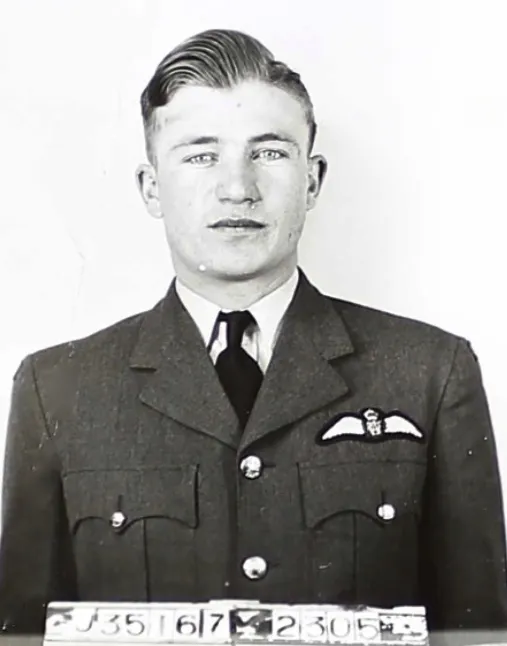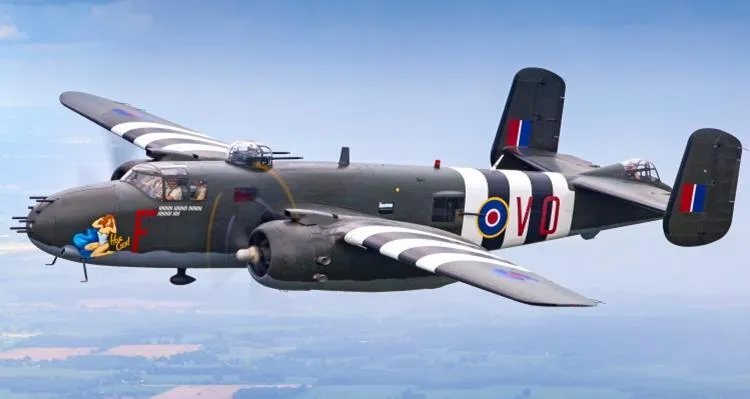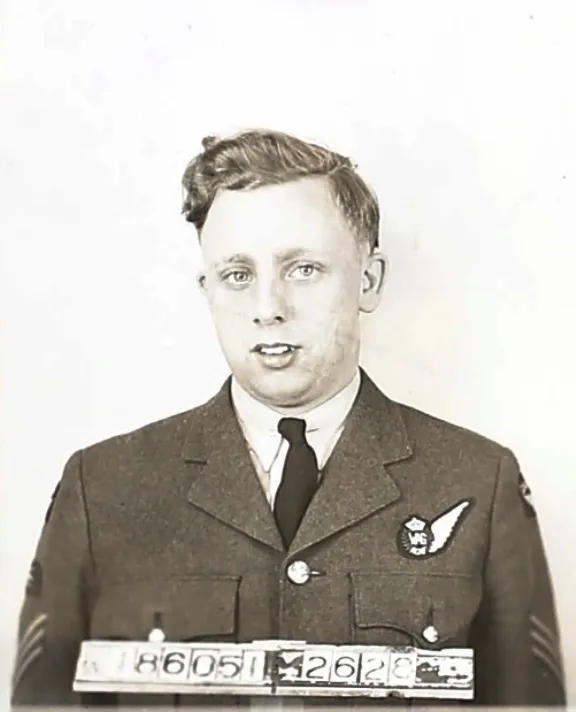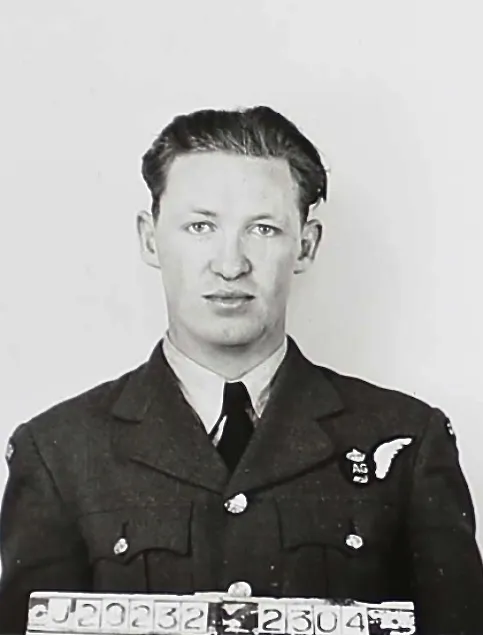Pattyson, Leonard William (Flying Officer)
Killed in Action 1944-07-24


Birth Date: 1921-February-15
Born: Tribune, Saskatchewan
Son of Francis William and Annie Pattyson, of Regina, Saskatchewan. Brother of Mildred. He attended Slager Public School from 1928-1937 and Tribune High School from 1937-1938.
Home: Regina, Saskatchewan
Enlistment: MacLeod, Alberta
Enlistment Date: 1943-09-03
Service
RCAF
Unit
226 (B) Sqn- Squadron (RAF)
Non Sibi Sed Patriae For country not for self
Base
Hartford Bridge
Rank
Flying Officer
Position
Flying Officer
Service Numbers
J/35167
Home
 Regina, Saskatchewan
Regina, Saskatchewan
Mitchell Mitchell II series ii FW210
Bombing 1944-July-24 to 1944-July-24
() Sqn (RAF) Hartford Bridge
Ramrod
Mitchell aircraft FW 210 was hit by flak during a bombing operation against enemy troop concentrations south of Caen, France. The crew was forced to bail out over the English Channel west of Brest, France. F/Os G. Green and L.W. Pattyson were also killed. One Canadian member of the crew states he was the first out of the aircraft and saw three other parachutes. Air-sea rescue stated there were other boats in the vicinity that might have picked up the others who bailed out.
12 Mitchell.II aircraft of 226 Squadron in company with 48 MITCHELLS from 139 WING were detailed to attack Wood U1160, containing a large concentration of troops, heavy and mobile guns. All aircraft did not bomb. The first box was unable to bomb, owing to the navigator of the lead aircraft being wounded on the bombing run and aircraft No.2 became out of control, with its port engine on fire. The second box was unable to bomb, owing to the G.H. operator of the leading aircraft being off track. 1 aircraft is missing, the crew baling out 30 to 40 miles N of CAEN and were seen to take to their K type dinghies, 1 Navigator was wounded in another aircraft. 1 aircraft landed in the beachead at B5. 4 aircraft received minor damage from flak. Very intense and accurate flak over the target area.
source: RAF Squadron 226 Operating Record Book
Mitchell FW210
North American Mitchell B-25 B-25D B-25J

Canadian Warplane Heritage Museum
The North American B-25 Mitchell is an American medium bomber that was introduced in 1941 and named in honor of Major General William "Billy" Mitchell, a pioneer of U.S. military aviation. Used by many Allied air forces, the B-25 served in every theater of World War II, and after the war ended, many remained in service, operating across four decades. Produced in numerous variants, nearly 10,000 B-25s were built.
The North American B-25 Mitchell was flown by the RCAF during and after the Second World War. The RCAF flew the B-25 Mitchell for training during the war and continued flying operations after the war, in Canada with most of 162 Mitchells received. The first B-25s had originally been diverted to Canada from RAF orders. These included one Mitchell Mk. I, 42 Mitchell Mk. IIs, and 19 Mitchell Mk. IIIs. No 13 (P) Squadron was formed unofficially at RCAF Station Rockcliffe in May 1944 and flew Mitchell Mk. IIs on high-altitude aerial photography sorties. No. 5 OTU (Operational Training Unit) at Boundary Bay, British Columbia and Abbotsford, British Columbia, operated the B-25D Mitchell in a training role together with B-24 Liberators for Heavy Conversion as part of the BCATP. The RCAF retained the Mitchell until October 1963.
No. 418 (Auxiliary) Squadron received its first Mitchell Mk. IIs in January 1947. It was followed by No. 406 (Auxiliary), which flew Mitchell Mk. IIs and Mk. IIIs from April 1947 to June 1958. No. 418 Operated a mix of Mk. IIs and Mk. IIIs until March 1958. No. 12 Squadron of Air Transport Command also flew Mitchell Mk. IIIs along with other types from September 1956 to November 1960. In 1951, the RCAF received an additional 75 B-25Js from USAF stocks to make up for attrition and to equip various second-line units..Wikipedia and Harold Skaarup web page
 Canadian Virtual War Memorial
Canadian Virtual War Memorial



 Mitchell Bomber
Mitchell Bomber Wikipedia Mitchell Bomber
Wikipedia Mitchell Bomber Harold A Skaarup Web Page
Harold A Skaarup Web Page